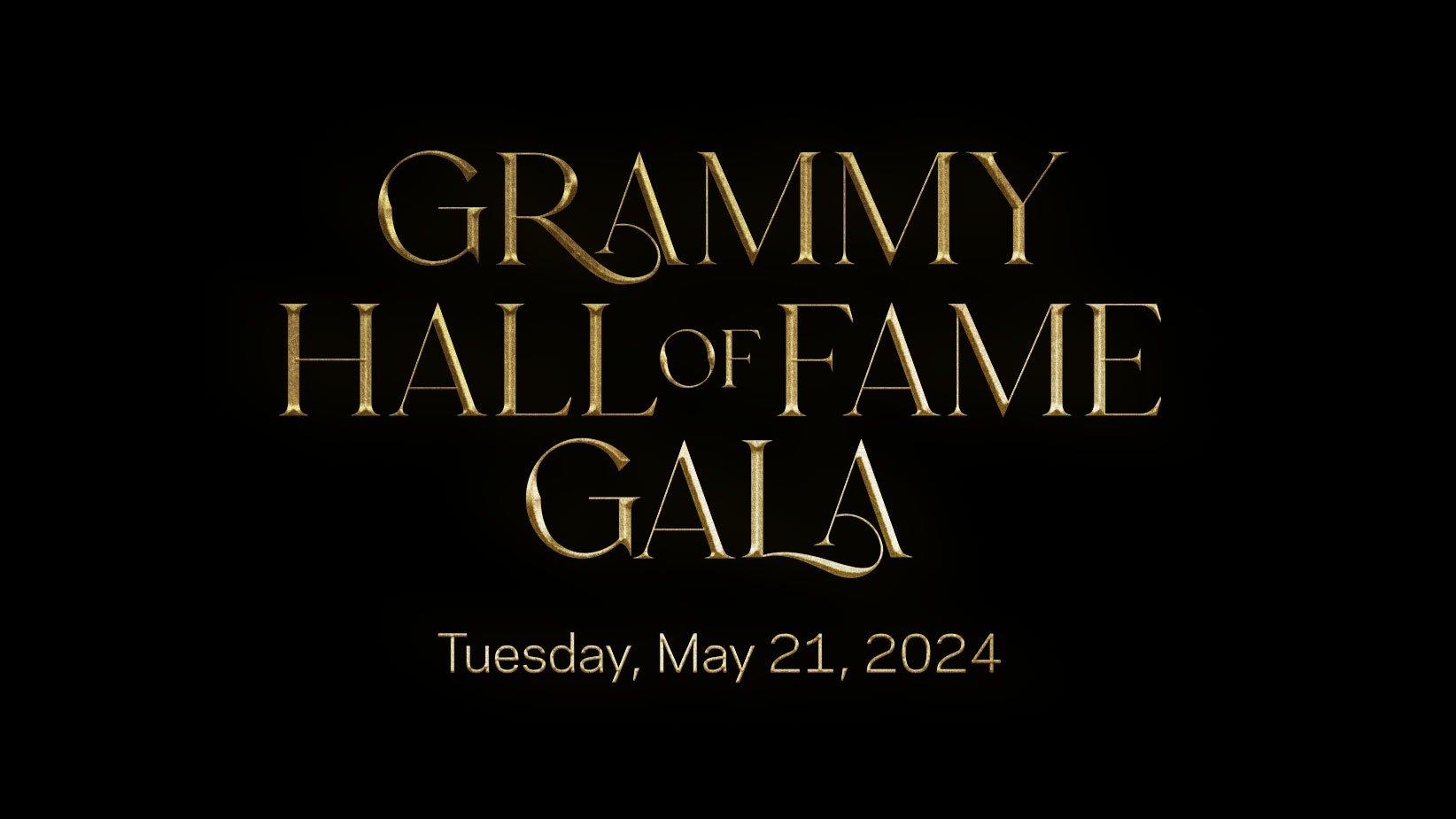Punchlines flew with nearly as much speed as a Ramones song during Celebrating 40 Years Of The Ramones, this year's annual GRAMMY Museum Musical Milestones panel at South by Southwest in Austin, Texas, on March 17. The panel and an evening showcase were held as a prelude to the exhibit Hey! Ho! Let's Go: The Ramones And The Birth Of Punk, opening April 10 at the Queens Museum in New York and Sept. 16 at the GRAMMY Museum at L.A. Live.
Rolling Stone senior writer David Fricke, Sire Records co-founder Seymour Stein, pioneering punk singer/songwriter John Doe (X, the Knitters, the Blasters) and Johnny Ramone's widow, Linda Ramone, needed little prompting from GRAMMY Museum Executive Director and panel moderator Bob Santelli as they regaled a room full of acolytes with recollections and insights about the band's history and continuing impact.
Fricke was writing for a local weekly in Philadelphia when a radio DJ gave him an album. The DJ knew his station would never air the self-titled 1976 debut by four Queens, N.Y., guys who took on the same last name and look: ripped jeans, biker jackets and black hair cut in longer-locked versions of a Prince Valiant pageboy.
"As soon as I put it on, it was like, head blown," Fricke recalled. "It was everything I wanted at incredible velocity." The writer, who wears his locks in a shoulder-length Ramones cut, added, "And the look. I ripped that look off immediately. I said, 'You guys invented it, but it's mine now.'"
Speaking of hair and punchlines, Linda Ramone drew a round of laughs by reciting the time Johnny Ramone came home from auditioning bass players and pronounced with disgust, "Oh God, one of them had curly hair."
Fricke said that witnessing the Ramones for the first time at a University of Pennsylvania coffee house informed his entire career, calling the show "one of the most astonishing things I've ever seen."
Whether the Ramones marked the birth of punk was in some dispute, because as the panelists observed, their songs really were pop — just done at lightning speed.
Though the band's chart impact was minimal — the 1977 single "Rockaway Beach," their biggest hit, reached No. 66 — 40 years on, new fans continue to discover songs the panelists cited as favorites, including "I Wanna Be Sedated," "Do You Remember Rock 'N' Roll Radio?" and "Blitzkrieg Bop."
"The songs were so sharp," Fricke said. "They were concise. And there was lot of thought in there."
Stein, who signed The Recording Academy Lifetime Achievement Award recipients to his then-new label, had to rent a studio for an hour so he could hear them play because he kept missing their shows while signing bands in England.
"They must have done 15 songs in 18 minutes or 18 songs in 15 minutes," he said, drawing laughs. "They could have stopped after five minutes. I wanted to sign them. It was like having your hand in a light socket. We used the other 45 minutes to discuss the deal. And they were in the studio a couple of days later and they were done."
Doe said the Ramones influenced X lead guitarist Billy Zoom's playing style, as well as the L.A. punk band's song lengths.
"The Ramones were a conceptual art piece that had nothing to do with fine art. It was pop art," said Doe. "It was the connection between Andy Warhol and the street and popular music. And we wanted to be part of that."
Noting that the 1976 music scene included both California rock and prog rock, Santelli observed, "It seems like the Ramones were the great correction."
Describing New York at the time as a disintegrating disaster mitigated by a cultural surge "at all levels," Fricke responded, "It wasn't that rock needed a correction. It was that there was a city where something could happen — needed to happen." The Ramones, he added, just took their influences, from the Bay City Rollers to girl groups, "and sucked all the unnecessary air out of it."
Stein disagreed, saying, "It wasn't so much that New York needed a correction; it needed an infusion. And the Ramones led the way because they were the most extreme."
Doe countered, "I think rock and roll absolutely needed a correction — absolutely needed to be knocked upside the head. It was the Eagles, Linda Ronstadt and Yes and all that. As a youngster, whether you're 15 or 25, you can't necessarily play all those notes and don't want to have to be a virtuoso. That has nothing to do with rock and roll."
Regardless of their preferences, all seemed to agree with Stein's pronouncement, "There's great music coming from everywhere. And the reason that rock and roll has survived is because of its ability to change."
(Austin, Texas-based writer/editor Lynne Margolis contributes regularly to print, broadcast and online media including American Songwriter and Lone Star Music magazines. Outlets also have included the Christian Science Monitor, Paste, Rollingstone.com, and NPR. A contributing editor to the encyclopedia, The Ties That Bind: Bruce Springsteen From A To E To Z, Margolis also writes bios for new and established artists.)




